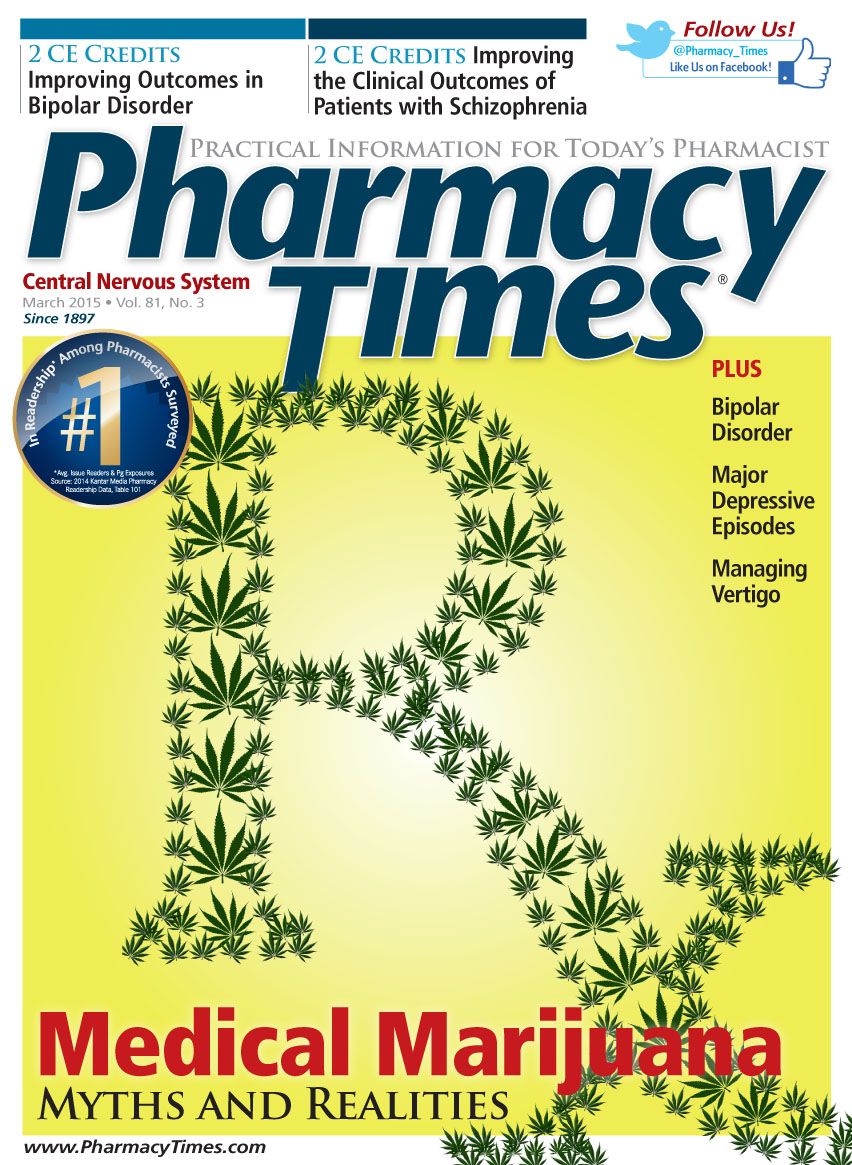Publication
Article
Pharmacy Times
Recommendations for Addressing System-Based Causes of Vaccine Errors
Author(s):
In light of an ongoing influx of new and novel vaccines, an ever-increasing array of combination vaccines, special precautions associated with certain vaccines, and frequently changing immunization recommendations, it is crucial that pharmacies and other practice sites examine their processes and implement risk-reduction strategies.
In September 2012, the Institute for Safe Medication Practices (ISMP) (in cooperation with the California Department of Public Health) established the ISMP National Vaccine Errors Reporting Program (ISMP VERP) (www .ismp.org/verp) to collect data about the types of vaccine errors occurring and the reasons they occur. Analysis of the first year of data revealed that the vaccinations most frequently involved in reported errors included the following:
• Influenza
• Haemophilus influenzae type b conjugate (Hib)
• Diphtheria and tetanus toxoids, acellular pertussis adsorbed, and inactivated poliovirus (DTaP-IPV)
• Tetanus toxoid, reduced diphtheria toxoid, and acellular pertussis adsorbed (Tdap)
• Diphtheria and tetanus toxoids, and acellular pertussis adsorbed (DTaP)
• Hepatitis A (HepA)
• Hepatitis B (HepB)
• Human papillomavirus (types 6, 11, 16, and 18), recombinant (HPV4)
• Zoster
• Measles, mumps, rubella, and varicella (MMRV)
The most common contributing factors associated with the reported vaccine errors included the following:
• Mistakes in choosing age-dependent formulations of vaccines intended to prevent the same diseases
• Unfamiliarity with the vaccine, particularly its dose, dosing schedule, age specifications, route of administration, and various components (eg, combination vaccines, diluent and vaccine powder)
• Failure to verify the patient’s age, health record, or state registry prior to administration
• Similar vaccine names and abbreviations
• Similar and confusing vaccine labeling and packaging
• Unsafe storage conditions (eg, stored near other similar vaccines, unwanted temperature fluctuations)
• Unnoticed or misunderstood expiration dates
In light of an ongoing influx of new and novel vaccines, an ever-increasing array of combination vaccines, special precautions associated with certain vaccines, and frequently changing immunization recommendations, it is crucial that pharmacies and other practice sites examine their processes and implement risk-reduction strategies, including the following:
1. Make immunization schedules available.
Post up-to-date, easy-to-read immunization schedules that staff can quickly reference in clinical areas where immunizations may be administered. Also provide parents/caregivers, teens, and adults with easy-to-read immunization schedules so they know which vaccine(s) they or their children should be receiving.
2. Establish protocols.
Establish standard order sets or protocols for frequently administered vaccines to ensure consistency with vaccine administration. The order sets or protocols should include the following:
• Criteria for screening patients to determine the need for a vaccination, contraindications, and precautions
• Directions for administering the vaccine, including any special procedures required to enhance safety (eg, involving the patient or parent in the checking process)
• Information regarding any required follow- up doses
• Details regarding where to document vaccine administration
• An emergency protocol to follow if the patient develops an adverse reaction
3. Involve the patient/parent/caregiver in the verification process.
In physician offices and community pharmacies, where individual patient immunization records are maintained, involve the patient or parent(s)/caregiver(s) in a vaccine verification process by doing the following:
• Documenting the vaccine name, formulation (pediatric or adult, if applicable), lot number, and expiration date on the patient’s vaccine record prior to preparation/ administration of the vaccine
• Bringing the vial and syringe, or the prefilled syringe, along with the immunization record, into the exam room
• Asking the patient or parent to simultaneously verify the information on the immunization record while a health care provider reads the information on the label aloud
• Asking the patient or parent if the vaccine verified is what he or she expected to be administered (based on an immunization schedule previously provided to the patient or parent)
• Preparing and administering the vaccine immediately after verification
• Documenting the vaccine on the patient’s medical record: if preparing the syringe of vaccine before entering the exam room (as one might do to avoid scaring pediatric patients), be sure that the syringe is properly labeled with the vaccine name and dose
4. Educate staff.
Require all health care professionals and assistants who immunize patients or handle vaccines (procurement, inventory management, preparation for patients) to undergo periodic training and demonstrate competencies related to the types of vaccines being administered.
Dr. Gaunt is a medication safety analyst and the editor of ISMP Medication Safety Alert! Community/ Ambulatory Care Edition.







